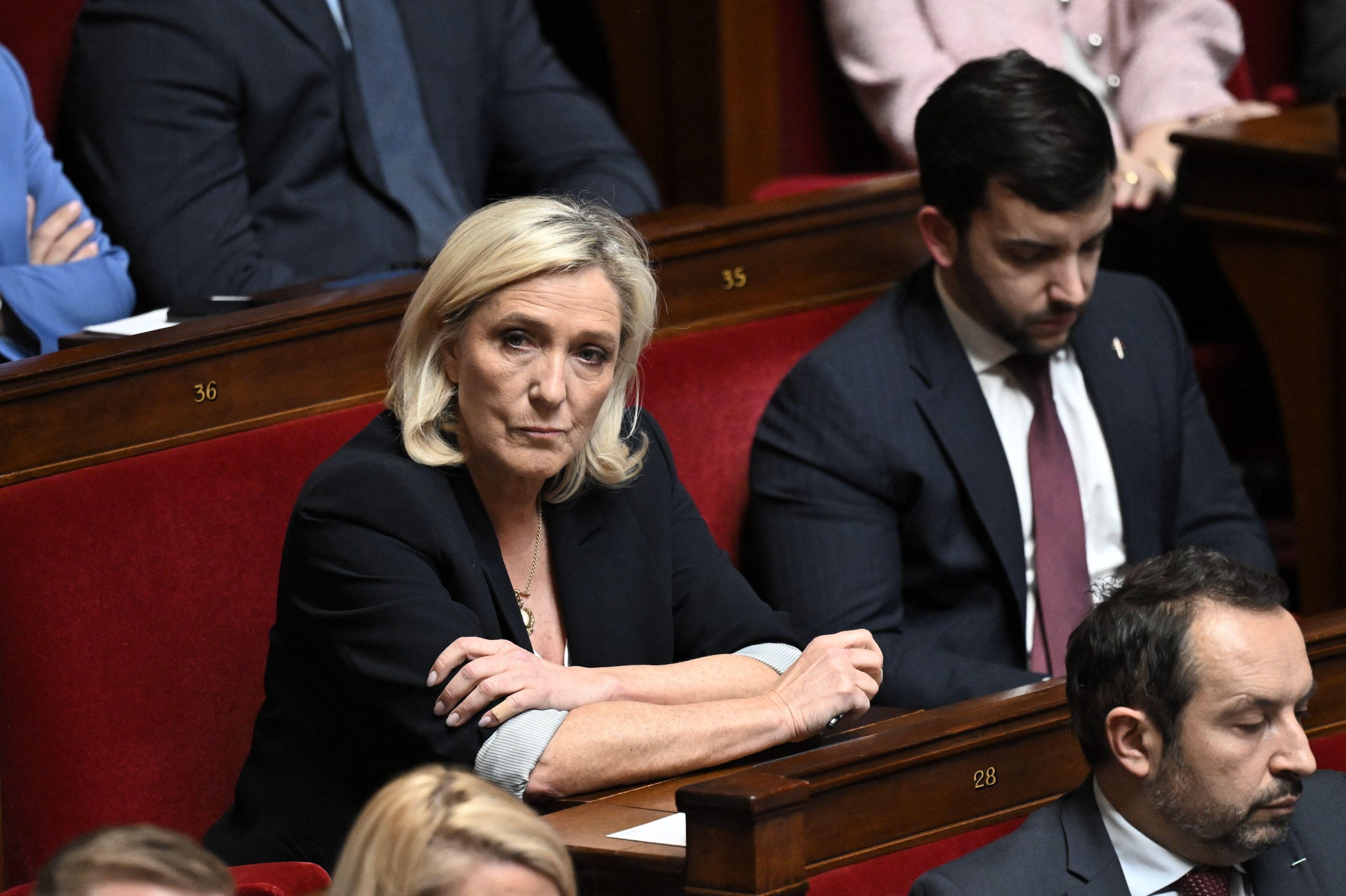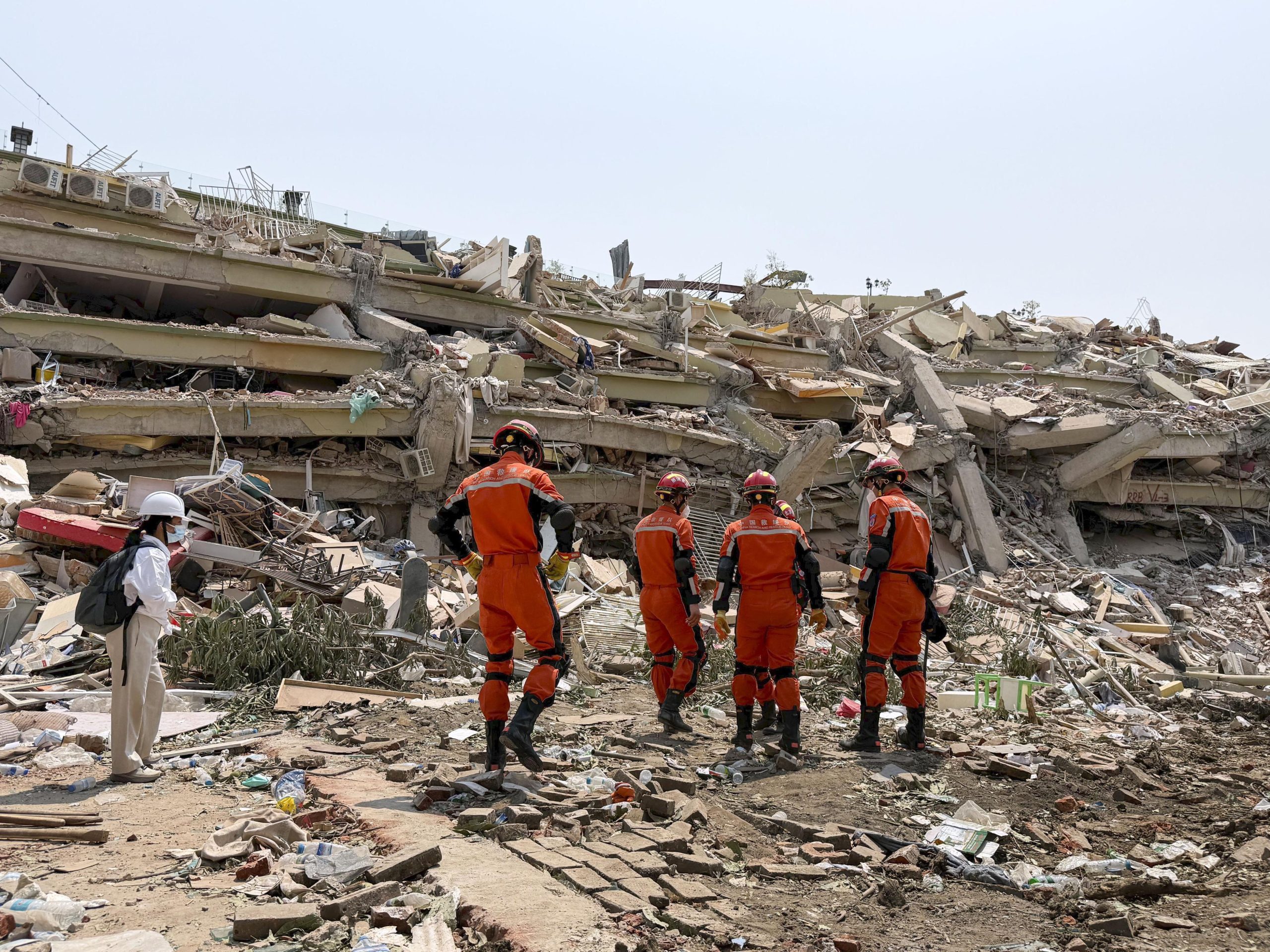A coroner’s court in Australia has opened an investigation into the murder of Brian Peters, one of five journalists killed by Indonesian forces in the lead-up to the invasion of East Timor in 1975. The inquiry may help shed light on the murders, which have gone unpunished for more than 30 years.
The court hearing has heard remarkable evidence from a witness – his name kept secret to protect him and his family – that the man who personally ordered the murders was one Yunus Yosfiah, who later went on to direct Indonesia’s media as the country’s information minister.
The court is daily hearing evidence and new allegations of Indonesian and Australian complicity in years of cover-up. The Timorese witness, codenamed Glebe 2, told the New South Wales coroners’ court that he recognised Peters as the journalist who stood ahead of the other three in front of a shop, raising his hands in surrender – only to be gunned down at short range.
Yosfiah, then an Indonesian army special forces officer, has denied any involvement in the killing of Peters or his four Australian colleagues. He told the Age newspaper that he would refuse to appear before the inquest.
Peters, who worked as a cameraman for the Australian television station TCN-9, was killed in Balibo in October 1975. He and four other journalists working for Australian news media – Greg Shackleton, Tony Stewart, Gary Cunningham and Malcolm Rennie – were killed by Indonesian forces.
Nicknamed the “Balibo Five”, they were the only foreigners who witnessed the Indonesian army’s attack on the East Timorese village in the lead-up to the invasion of East Timor. No one has been brought to justice for the murders.
Four attempts have been made by Australian authorities over the last 30 years to inquire into the journalists’ deaths. All of them have failed, .
Indonesian authorities have refused to disclose information about the status of the journalists’ bodies, which were thought to be buried or burned without any autopsy being carried out. They have also refused to question military leaders involved in the invasion of East Timor.
In 2000, the Historical Crime Unit formed by the United Nations Transitional Administration in East Timor (UNTAET) began an investigation into their deaths, which resulted in the U.N. issuing international arrest warrants for three Indonesians, including Yosfiah, on 3 February 2001. The warrants were never executed.
The coroner’s investigation is expected to take three weeks. It will examine allegations that former Australian Prime Minister Gough Whitlam knew prior to the journalists’ murders that the Indonesian army had ordered them to be killed.
The International Press Institute (IPI) notes that in addition to the “Balibo Five”, the deaths of three other journalists in East Timor since 1975 remain unsolved. They include Australian journalist Roger East, who was killed in December 1975, Bernardino Guterres, an East Timorese radio journalist reportedly killed by Indonesian police on 26 August 1999, and Sander Thoenes, a Dutch freelance reporter who was killed on 21 September 1999, allegedly by soldiers from the Indonesian Army.




